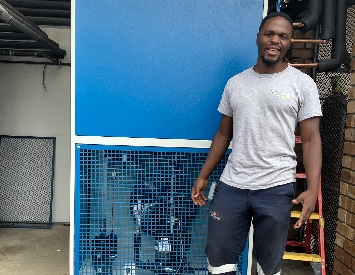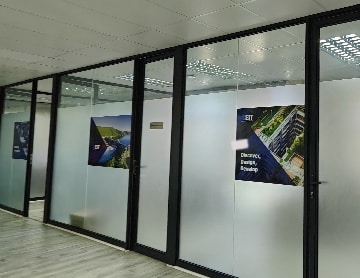I was somewhat bemused – actually horrified – at an innovative use of tagging at some nightclubs. A tiny RFID tag is apparently injected into a regular nightclubber’s arm to allow him/her to side-step the interminable queues – she/he merely has the tagged arm scanned! This also allows the nightclubber to run up a bar tab without using any cash. Walmart gave the technology a kick along in 2003 when it made tagging mandatory for all suppliers. These suppliers were not overly enthused, inevitably, as they had to pay for the tags. But I see with interest, that the technology is steadily growing in importance and as a result is probably worth some research.
For those of you not too familiar with RFID: Radio frequency identification (RFID) is a technology that facilitates electronic labeling and identification of objects using wireless communications. Essentially, a RFID system comprises three basic elements:
(a) Electronic tags: These are attached to various objects and carry relevant data about the object tagged. The tags are technically referred to as transponders or contact-less data carriers and each tag has its own embedded antenna.
(b) Readers: These include antennas that read data from RFID tags. The readers are also capable of writing/modifying data onto tags – depending on their applications.
(c) Communication/software application: The tags and readers communicate using well defined radio frequency and associated protocols
Most UHF RFID tags are passive requiring no internal power. The reader sends a continuous wave signal to the tag, which responds with its identification code using backscattering – up to 5 metres.
These tags cost less than 10 US cents each and by 2010 it is estimated that the number of RFID tags manufactured worldwide will exceed 33 billion (from 1.3billion in 2005) at very low costs (perhaps a few cents).
The IEEE noted that there are four frequency bands for RFID operation: <135kHz, 13.56MHz, 860-960MHz and 2.45GHz. The two lower frequencies have slower read rates and larger tags, but better ability to read near wet or metal surfaces. They have passive-inductive coupling, while the two higher frequencies provide for passive or active tags.
Being very precise in gathering data (compared with the usual barcode approach), RFID tagging has a wide variety of applications including; baggage handling in the airline industry (and please put up your hand if your bag hasn’t been lost at some time or other?), health care, marathons and fun runs, fare collection systems, animal tags and grocery tags.
How to respond to this technology?
1) Look at possible applications of tagging in your plant or factory (eg inspecting instruments by confirming that they have indeed been checked).
2) Read up about the technology. (You can access the first chapter of our manual, on the subject, at the above link)
3) Talk to others about the pros and cons of the technology
4) Look at improvements you can make to your technology using RFID tagging
Obviously this technology has to have real benefits – once you remove the publicity glitz. As Richard Feynman, the famous physicist, noted: For a successful technology, reality must take precedence over public relations, for Nature cannot be fooled.
Yours in engineering learning
Steve


